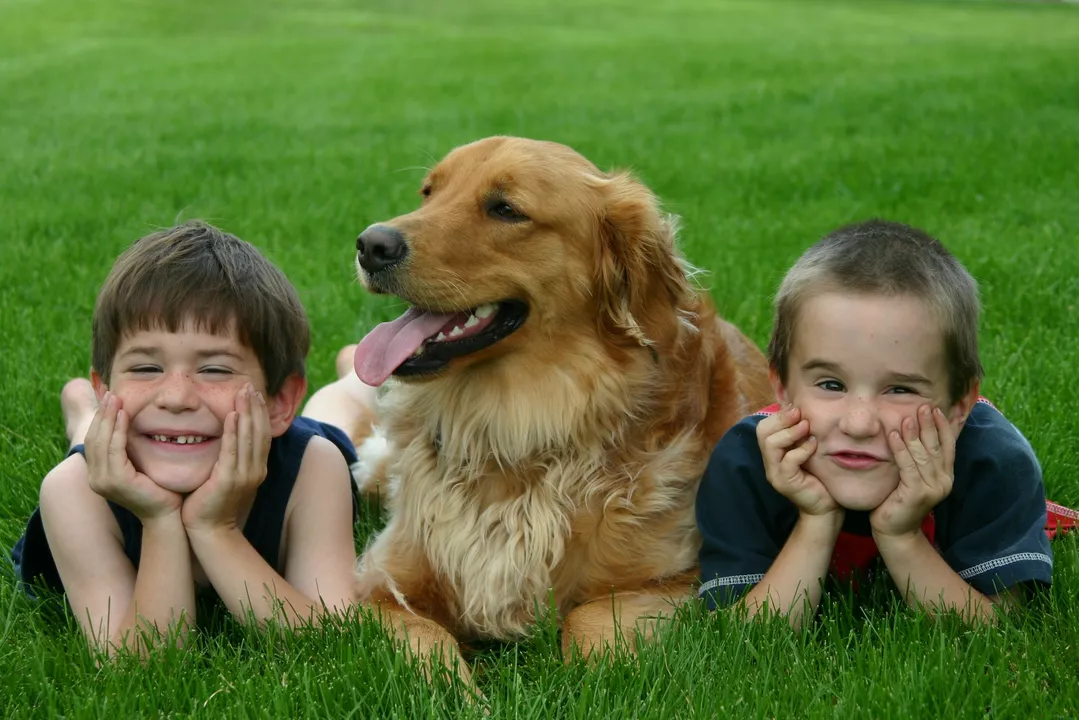Mental Health
Big life changes and everyday parenting stress can shake anyone’s mental health. This category collects clear, useful articles you can actually use—no fluff. If you want concrete steps to manage OCD during a move or simple ways pets help kids with behavior issues, you’ll find short, practical guides here.
Two posts to start with: How to Manage OCD During Major Life Transitions: Concrete Strategies That Work focuses on hands-on steps that reduce compulsions and worry when routines break. The role of pets in helping children with behavior disorders explains how animals can ease anxiety, teach responsibility, and improve social skills.
Practical help for OCD during life transitions
Life transitions—moving, a new job, a breakup—can ramp up OCD rituals. First, make small plans you can follow. Break big tasks into five- or ten-minute actions and check them off. That reduces the urge to repeat checks because your brain sees progress.
Use a simple exposure approach: name the fear, set a tiny challenge, then wait. For example, if packing triggers checking, put one packed box aside and leave it closed for 24 hours. Don’t aim for perfect exposure at first—start tiny and build up. Pair this with a short grounding routine (feet on floor, five slow breaths, name three colors) to calm the body when anxiety spikes.
Schedule a daily “worry window” of 10–20 minutes. If anxiety pops up outside that time, jot it down and return to the task. This trains your mind to contain worries instead of letting them run the day.
Get practical support: share a checklist with a friend or family member, ask for one calm check-in a day, or use a therapist skilled in CBT/ERP for targeted help. Medication can be part of care for some people—talk to a clinician if symptoms stop you from working or sleeping.
How pets help kids with behavior disorders—real, usable ideas
Pets aren’t just cute—they’re tools. Start with predictable routines: feeding, brushing, and short walks give kids responsibility and help regulate mood. When a child follows a pet routine, they practice sequence and follow-through in a low-pressure setting.
Use pets to teach social skills: ask the child to give simple commands, wait for the pet’s response, and praise both the child and the animal. This creates moments of calm and clear feedback. For kids who get overwhelmed, gentle petting or watching fish swim can lower arousal and steady breathing.
Match the pet to the child’s needs. A fish or small rodent can be soothing for sensory-sensitive kids. A well-trained dog can provide more active engagement but needs supervision, clear rules, and predictable care. If you want formal help, look into certified therapy-animal programs that work with schools or clinicians.
Want more? Read the full articles linked above for step-by-step examples and quick exercises you can try today. Bookmark this page and come back—mental health tips that fit your life are what we aim to share.

How Vitamin Deficiencies Influence Mood Disorders
Explore how vitamin D, B12, folate, and iron deficiencies affect depression and anxiety, learn to spot symptoms, get testing tips, and discover diet and supplement strategies.

How to Manage OCD During Major Life Transitions: Concrete Strategies That Work
Handling OCD during stressful life changes isn't easy, but it’s possible with the right approach. This article breaks down concrete ways to keep symptoms in check when everything feels uncertain. It digs deep into daily habits, planning, and support systems that actually help. Expect tips you can start today, plus real-world examples. No fluff—just stuff that works for real people going through real changes.

The role of pets in helping children with behavior disorders
As a parent of a child with behavioral disorders, I've witnessed firsthand how pets can play a vital role in helping children cope and manage their challenges. Not only do pets provide unconditional love and companionship, but they also teach responsibility and empathy. The bond that forms between a child and their pet can significantly reduce stress and anxiety, leading to improved behavior and emotional regulation. Additionally, pets can serve as non-judgmental and supportive companions, helping children develop social skills and confidence. In my opinion, pets can be invaluable therapeutic tools in the lives of children with behavior disorders.
